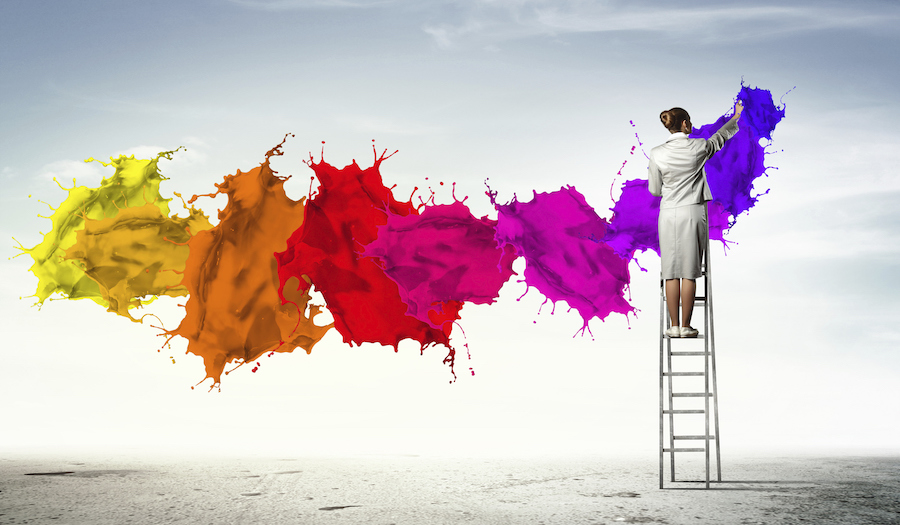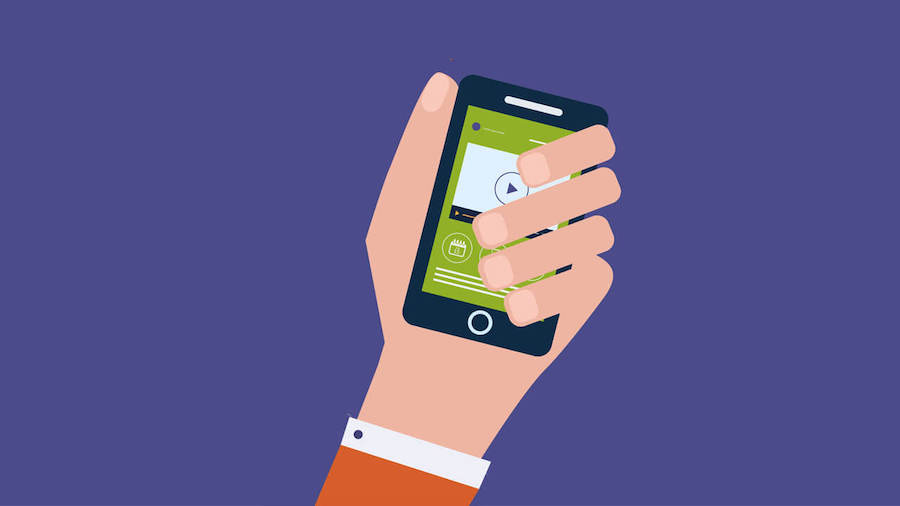As travel research and booking moves online, and more and more consumers find content online, native advertising is a logical choice for travel brands.
In this article, we’ll look at why native advertising is so powerful in travel, and we’ll share eight tips that will help your native travel campaigns fly.
Why native? – Considering and respecting the customer journey
As a consumer reads their favourite publisher, they come to the end of an article in anticipation of that “what’s next?” moment. That’s where native ads come in – ready to engage a consumer on their discovery journey for more content. In fact, travel consumers actively want to be presented with new content. A 2020 Top Trends article by Booking.com even says that, “Almost six in 10 (59%) people […] say they want tech to offer them ‘wildcard’ and surprise options that would introduce them to something entirely new in the coming year.”
Unlike display or popups, native looks to engage customers when they are ready versus disrupting them in their digital journey. In fact, according to our research, 95% of consumers are more likely to have a negative attitude towards a brand that interrupts or disrupts their online activity. This is exactly why native advertising gives consumers the choice to engage or not.
Furthermore, when consumers are on a premium publisher sites, there’s a “halo effect” created merely by being on a trusted site that impacts advertisements in these placements. For example, if a consumer browsing on CNN or BBC is shown an ad, they are 44% more likely to trust these ads than ads on social. Not only that, but they are 21% more likely to click on the content and 24% more likely to purchase from the brand in the future.
Content front and center, throughout the sales funnel
With the ability to promote earned media like a stellar hotel review, or show a highlight reel of that perfect cityscape, native advertising gives advertisers the flexibility to promote their travel brands in the most effective way possible.
Furthermore, consumers can be reached at various stages of the sales funnel – in the exploration phase where audiences can be inspired by something like Top Rated Beach Destinations in Europe or Top 10 Products for Business Travelers. But native also allows marketers to reach consumers ready to convert by directing them to a booking platform, product page or the app store.
The flexibility that native formats offer are not only a win for consumers in their content consumption mode, but a win for marketers who can then guide consumers throughout the key stages of the customer journey.
Eight tips to make your native travel campaign fly
Once you’ve decided on native advertising, follow these eight tips to get the most from your campaign.
1. Increase CTR with neutral headlines: Showcase your certified seal, stamp of excellence, or quality of service to garner instant credibility.
2. Prioritize sunny over snowy destinations: Sunny destinations typically generate higher CTRs. This is noteworthy for advertisers looking to promote several destinations, such as airline companies or travel agencies.
3. Capture attention from other directions: Your audience isn’t only reading the travel section. They can also be found on automotive, home improvement, extreme sports, loans, and weather pages.
4. Gain momentum by knowing demand peaks: Travel content that focuses on themes like seasonal holidays and budget are highest in demand.
5. Go places on the best day for conversions: Tuesdays are the best day for conversions on your travel content.
6. Travel with mobile: The majority of online traffic is via mobile and travel is no exception. Focus on your campaigns getting discovered on mobile, not just desktop.
7. Retarget past visitors: Target those whose previously visited your site with offers and easy ways to book.
8. Use social, drive native: Select your social creative assets and repurpose them on Outbrain’s Native Discovery platform to scale campaigns across the open web and reach a billion users in a premium environment.
___
source: Econsultancy


